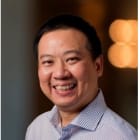commentary Commentary
Commentary: Paying nurses more is long overdue but they need clearer professional ladders too
Yes, they deserve more money but nurses are still seen as “handmaidens” to doctors and this mindset has to change, says Dr Jeremy Lim of the Saw Swee Hock School of Public Health.
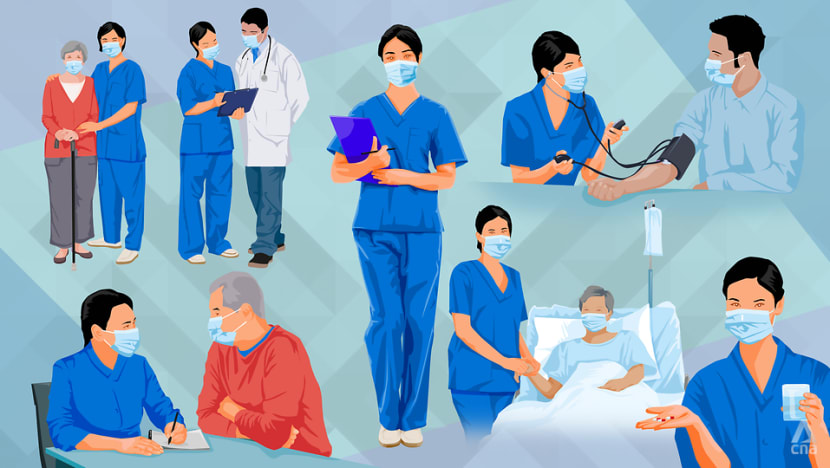
Nursing is inherently a very demanding profession entailing long hours and overnight schedules. (Illustration: Rafa Estrada)
SINGAPORE: Snuck inside the Emerging Stronger with Skilled Workers and Innovative Businesses section of Finance Minister Heng Swee Keat’s Budget 2021 speech on Tuesday (Feb 16) were four short paragraphs on salary increments for nurses and other healthcare workers.
COVID-19 has richly demonstrated that "lives or livelihoods" is a false dichotomy. Lives and livelihoods’ is the correct paradigm.
Take for instance, three key economic sectors for Singapore; aviation, aerospace and tourism, all of whom are on life support and will continue to need propping up until borders re-open.
READ: Emerging stronger from COVID-19 crisis the focus of Budget 2021
READ: Commentary: This is why Singapore needs to save its airlines and aviation sector
Our economic resuscitation is premised on this and citizens and visitors alike are assured that they are safe from COVID-19, whether attending an event in Singapore, or simply transiting through Changi Airport.
Underpinning this safety from the virus is a critical group of people – healthcare workers.
The Minister for Health will provide more details during the Committee of Supply debates but I do hope everyone appreciates the strategic imperative of attracting and retaining sufficient talented Singaporeans into healthcare, especially for nursing, the largest single component of our healthcare workforce.
We have traditionally relied on foreign staff to substantially complement the local workforce, but this will become more challenging moving forward.
In April last year, the Philippines, a traditional source of nurses, initially banned healthcare professionals from leaving because of COVID-19 and the pressing needs in the Philippines.
READ: Commentary: Philippines’ COVID-19 fight depends on the exploitation of healthcare workers

Myanmar, another traditional source, has just undergone a military coup and the import of nurses from Myanmar for the short term at least will be uncertain.
COVID-19 HAS SHARPENED GAPS AND NEEDS
Regrettably, despite a decade of trying, we are still struggling to get the nursing and care support staff models right. The numbers speak for themselves: Out of over 42,000 nurses and midwives, more than 5,000, or 13 per cent are not in active practice according to official figures from 2019.
READ: Gan Kim Yong thanks healthcare workers for 'colossal effort' in fight against COVID-19
These women usually stop work to care for children or take on work that is more flexible such as insurance sales.
In contrast, less than 6 per cent of doctors are considered "not in active practice" and many would be in senior administrative positions in healthcare.
This is not to say that the Government hasn’t thought about how to attract and retain nurses. Health Minister Gan Kim Yong unveiled in 2012 the Healthcare 2020 Masterplan that included a large component of pay increases and other incentives for healthcare workers.
In 2016, the Future Nursing Career Review Committee was convened and developed a whole slew of recommendations to attract and retain nurses, whilst the long-standing Care to Go Beyond public campaign to encourage Singaporeans to pursue careers in healthcare was re-ignited in 2019.
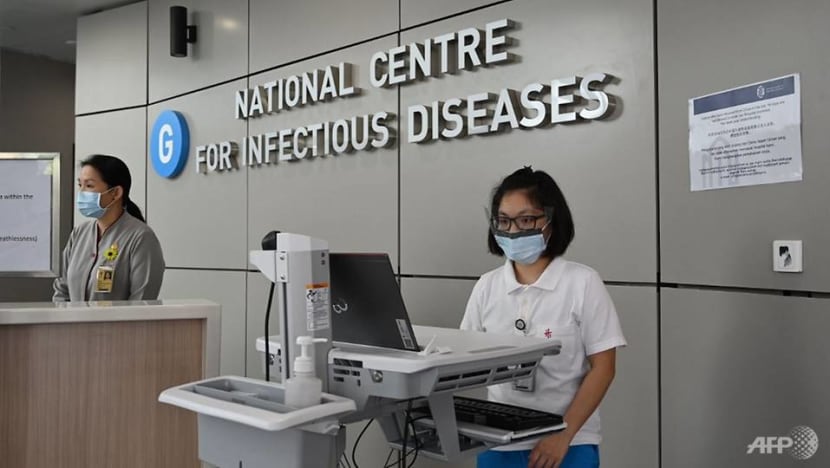
Just last year, the Ministry of Health (MOH) announced a S$150 million scheme to benefit up to 4,000 local nurses and support care staff in community care.
Multiple pay enhancements over the years coupled with advertising and public relations campaigns (such as the #ICHOOSETOBEANURSE campaign) have likely modestly helped, but with today’s COVID-19 realities of greater needs and dwindling foreign pipelines, we have to be bolder.
WHAT IS A REALISTIC WAGE?
First, we need to arrive at what a realistic wage looks like. The fracas last year over how part-time swabbers were being paid monthly salaries of S$3,800 versus enrolled nurses whose pay could be as low as S$1,500 a month was useful in stimulating public discussion about the roles and responsibilities nurses held and what appropriate salaries should be.
MOH also clarified that average gross monthly salary, after adding in allowances and bonuses, for entry level registered nurses ranges from S$3,300 to S$5,200 depending on their qualifications.
The Government is by far the largest employer of nurses nationwide; it should come out strongly and articulate what it believes nurses should be paid and a clear pathway to achieving this.
READ: Commentary: You don’t have to age and grow frail alone. Nurses have your back
If we believe S$1,500 a month is a fair salary for an enrolled nurse (typically Institute of Technical Education graduates who assist Registered Nurses in their work), then we should say so and accept the downstream implications of recruitment and retention.
Or if we think doubling this amount so that we can attract enough young Singaporeans into nursing, then we should similarly commit to a roadmap and also be upfront about the impact on healthcare costs.
Manpower is the largest component of healthcare costs and nursing the largest single category of healthcare professionals. Any across-the-board increase in salaries will inevitably have a significant effect on healthcare costs.
In this context, we should note Singapore spends between 4 to 6 per cent of their GDP on healthcare compared to developed countries who hit between 9 and 13 per cent and hence there is some headroom to expand healthcare budgets.
NON-FINANCIAL MOTIVATIONS
What about non-financial motivations? Author Dan Pink described in his 2009 book Drive, that motivation is a product of purpose, mastery and autonomy. Healthcare is rich in purpose intrinsically and the efforts here should be defensive - preserve the altruism of our young nurses.
But in order to preserve this sense of purpose, we need to protect them from excessive shift work, unreasonable demands and burnout.
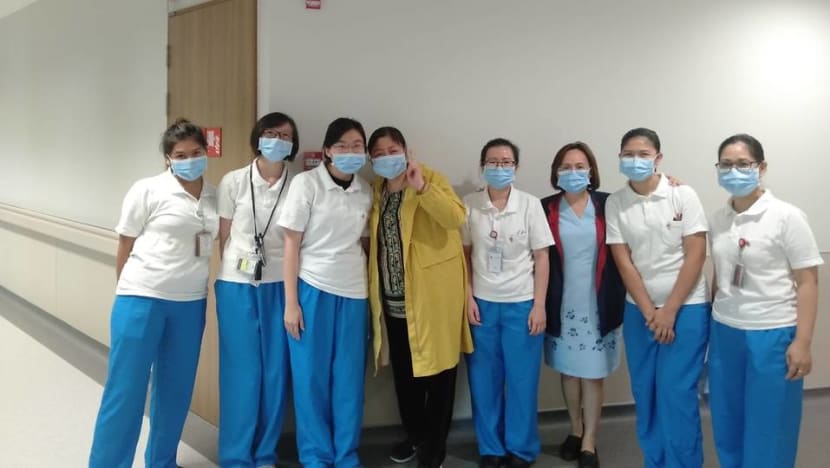
Nursing is inherently a very demanding profession entailing long hours and overnight schedules. Dealing with angry, frustrated patients and family members is also part of the job.
Add to this family responsibilities, which women (and the majority of nurses are female) disproportionately assume and modest salaries, it is unsurprising that some nurses explore leaving the profession.
READ: COVID-19: Guarding against burnout, compassion fatigue and trauma in frontline healthcare workers
Doctors work long hours too, but we are much better paid and have more autonomy to say no.
Mastery and autonomy in some sense are two sides of the same coin and worth discussion collectively. A 2018 Guardian article on nursing in the UK said:
Today’s nurses run their own clinics, diagnose patients and prescribe drugs and can be found leading cutting-edge medical research.
Others are in high-level management roles, and it’s not unusual to find nurse academics training junior doctors alongside student nurses in university medical schools.”
I would argue we need a similar paradigm shift in Singapore. Nurses unfortunately are still seen in some quarters as the "handmaidens" of doctors. This cannot be allowed to continue in perpetuity - nurses need a path to autonomy.
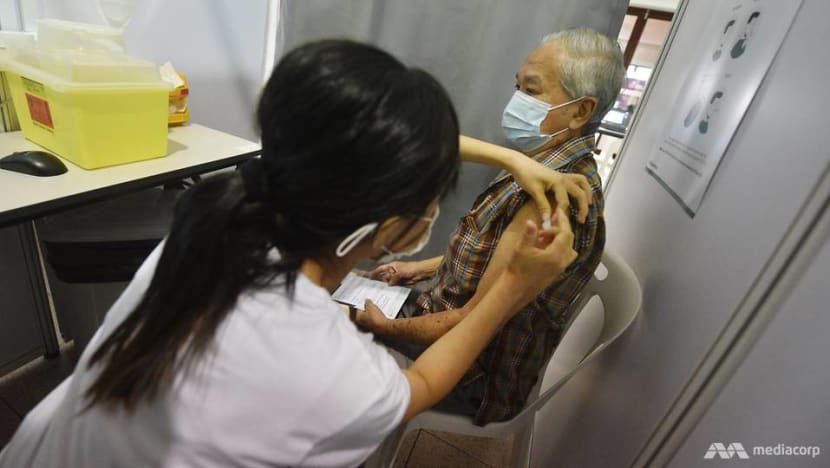
This has to be at scale and not just the over 200 Advanced Practice Nurses who undertake additional years of study at masters level and clinical supervision before being permitted some degree of independent practice.
As a young house officer more than two decades ago, I was comforted that there was always someone senior to bail me out. As I became more experienced and mindful that I was the decision-maker in life and death situations, there was a strong imperative to "up my game" and be the best I could be.
READ: Commentary: Burden of caring for ageing parents weighs heaviest on unmarried daughters
Likewise, nurses tasked to practice independently with final responsibility for the well-being of the patients under their care will be motivated to keep improving, thus establishing a virtuous cycle of excellence.
Mastery and autonomy go hand in hand - autonomy motivates mastery and mastery must be rewarded with autonomy.
Emerging Stronger, Together is the theme of this year’s Budget. Singapore needs our nursing workforce to be stronger. In turn, our nursing workforce needs Singapore to allow them be stronger.
Let’s take this opportunity to finally set things right.
Associate Professor Jeremy Lim is director of the Leadership Institute for Global Health Transformation at the NUS Saw Swee Hock School of Public Health.
Listen to a nurse talk about being on the frontlines at the height of the fight against COVID-19:









